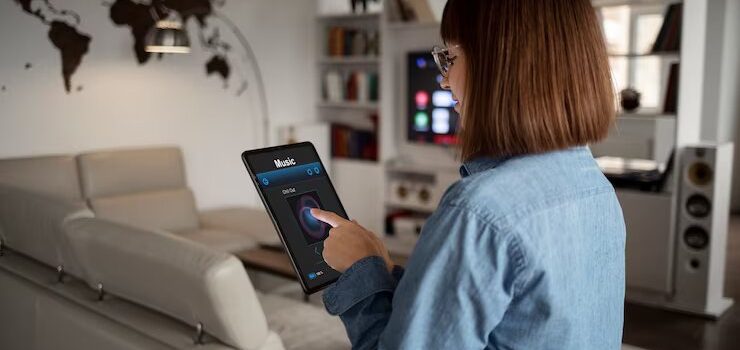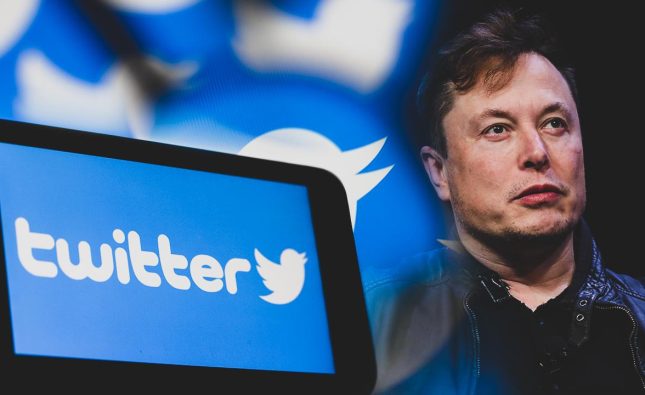
The Internet of Things (IoT) has revolutionized the way we live and work. It started with smart homes, where homeowners could control everything from their lights to their thermostats with just a tap on their smartphones. But the possibilities of IoT don’t stop there – it’s now transforming entire cities into smart cities, making them safer, more efficient, and sustainable. From traffic management to public safety, waste management to energy conservation, IoT is changing the way we interact with our surroundings. Join us as we explore the limitless possibilities of IoT in this blog post!
What is the Internet of Things (IoT)?
When we think about the Internet of Things (IoT), we often envision a future where our homes and cities are connected and automated. And while that is certainly one aspect of IoT, it is far from the only one. The possibilities for IoT are nearly limitless, and its potential applications are already being realized in a number of different industries.
IoT can be defined as the network of physical devices, vehicles, home appliances, and other items embedded with electronics, software, sensors, and connectivity enabling these objects to collect and exchange data. Essentially, IoT turns ordinary objects into smart devices that can communicate with each other and with us.
There are already a number of different ways that IoT is being used or implemented today. In the healthcare industry, for example, IoT-enabled devices are being used to monitor patients remotely, which can help to improve care while also reducing costs. In the automotive industry, automakers are using IoT technology to create connected cars that can provide information on traffic conditions, safety hazards, and more. And in the retail sector, retailers are using IoT-enabled sensors to track inventory levels and customer behavior in real time.
The possibilities for IoT are truly endless. As more and more businesses and industries begin to explore its potential uses, we will likely see even more innovative applications for this transformative technology.
Applications of IoT
The Internet of Things (IoT) is a network of physical objects that are connected to the internet. These objects can collect and share data about themselves and their surroundings. The possibilities of IoT are limitless, but some common applications include:
Smart Homes: Connected devices in the home can automate tasks like turning off the lights when nobody is home, or adjusting the thermostat based on occupancy.
Smart Cities: Connected devices can be used to manage city infrastructure, such as traffic lights, pollution levels, and energy usage.
Connected Health: Wearable devices and sensors can track health data like heart rate, steps taken, and calories burned. This data can be used to improve overall fitness and well-being.
Retail: IoT can be used for things like inventory management, customer tracking, and loss prevention.
Transportation: IoT can be used to track vehicles, optimize routes, and monitor traffic conditions.
-Smart Homes
Smart homes are becoming more and more popular as people become more aware of the many benefits they offer. A smart home is a dwelling equipped with technology that allows the occupants to control the environment and appliances within the home remotely. This can be done using a variety of devices, including smartphones, tablets, and dedicated home automation systems.
There are many advantages to having a smart home. One of the most obvious is the increased level of convenience and comfort it can provide. For example, you can use your smartphone to turn on the lights or adjust the thermostat before you even get out of bed in the morning. You can also set up automatic schedules for your appliances so that they’re always ready when you need them.
Another big advantage of smart homes is that they can help save you money on your energy bills. By being able to monitor and control your energy usage, you can make sure that you’re not wasting any unnecessary power. This can end up translating into significant savings over time. Additionally, smart homes can provide improved security as well since you can keep an eye on things even when you’re not there physically.
Overall, there are many reasons why smart homes are becoming increasingly popular. With so many advantages to offer, it’s easy to see why they’re quickly becoming a staple in today’s modern world.
-Smart Cities
The term “smart city” is often used interchangeably with “connected city.” A smart city uses digital technologies to improve the livability, workability and sustainability of urban areas. The goal is to use technology to make a city’s infrastructure more efficient and to improve the quality of life for its citizens.
There are many different ways to develop a smart city. One way is to connect devices and systems so that they can share data and work together more effectively. For example, connecting traffic lights with sensors can help reduce congestion and pollution by optimizing traffic flow. Connecting buildings with each other and with the power grid can help save energy and resources. And connecting people with each other and with information can help them make better decisions about their lives and their communities.
Another way to develop a smart city is to use data collected by sensors and devices to generate new insights that can be used to improve urban life. For example, data from air quality sensors can be used to map areas of high pollution so that steps can be taken to improve air quality. Data from weather sensors can be used to predict extreme weather events and take steps to protect people and property. And data from social media can be used to track the spread of disease or identify areas of social unrest.
Ultimately, the goal of a smart city is to use technology to make life better for its citizens. By connecting devices, systems and people, cities can become more efficient, sustainable and
The Benefits of IoT
The internet of things is still in its early stages, with much potential yet to be realized. But even at this early stage, there are already many potential benefits of integrating IoT into our homes and cities.
For one, IoT can help us to become more energy efficient. By connecting devices and appliances to the internet, we can better monitor and manage our energy use. For example, we can program our thermostats to automatically adjust based on whether anyone is home, or set our lighting to turn off when we leave the room.
IoT can also help us to stay connected and informed. For example, we can receive alerts on our smartphones if a door is left open or if there’s been a water leak in the house. We can also use IoT-enabled devices to keep an eye on our homes while we’re away, or to control them remotely.
Finally, IoT can help us to save money. Many smart devices and appliances come with features that help us to conserve resources like water and electricity. And as IoT becomes more widespread, the cost of these devices is likely to drop even further.
The Challenges of IoT
The internet of things (IoT) has the potential to revolutionize the way we live, work, and play. But as with any new technology, there are challenges that need to be addressed before IoT can realize its full potential.
One of the biggest challenges facing IoT is security. Because IoT devices are connected to the internet, they are vulnerable to hacking and cyberattacks. This could have serious implications for both individuals and businesses, as hackers could gain access to sensitive data or even take control of devices.
Another challenge is interoperability. Because there are so many different types of IoT devices on the market, it can be difficult for them to work together. This lack of interoperability can limit the functionality of IoT devices and make it difficult for users to get the most out of them.
Finally, there is the issue of scalability. As more and more devices are connected to the internet, it becomes harder for businesses and organizations to manage them all effectively. This could lead to problems such as data overload or downtime if systems are not able to cope with the increased demand.
Despite these challenges, IoT still has enormous potential. By addressing these issues, we can unlock the true power of this transformational technology.
The Future of IoT
As the world becomes increasingly connected, the potential for IoT to transform our lives becomes greater and greater. From smart homes to smart cities, there are endless possibilities for how this technology can make our lives easier, more efficient, and more sustainable.
In the near future, we can expect to see even more widespread adoption of IoT technologies. More and more devices will be connected to the internet, and we will see an increase in the development of new applications and services that take advantage of this connectivity. We will also see a continued focus on making these technologies more secure and reliable, as concerns about data privacy and security continue to grow.
In the longer term, the possibilities for IoT are truly limitless. As we become more comfortable with living in a connected world, we will start to see even more innovative and transformative uses for this technology. We will see IoT playing a role in everything from transportation and logistics to healthcare and education, and its impact on our lives will only continue to grow.










